Petra - Half as old as Time
Situated
between the Red Sea and the Dead Sea in the Hashemite Kingdom of
Jordan, the Nabatean city of Petra is considered among the Seven Wonders
of the World. In the description of the “universal outstanding value”
of this World Heritage Site, UNESCO describes the ancient city as a
“major caravan centre for the incense of Arabia, the silks of China and
the spices of India, a crossroads between Arabia, Egypt and
Syria-Phoenicia.”
The
poet John William Burgon memorably described the spellbinding ruins of
Petra as “a rose-red city half as old as time.” Around AD 663, an
earthquake destroyed parts of Petra and choked water supply, leading to
its abandonment. The city remained lost to the world until the Swiss
explorer Johann Ludwig Burckhardt, in the guise of an Arabic scholar,
rediscovered it for the Western world.
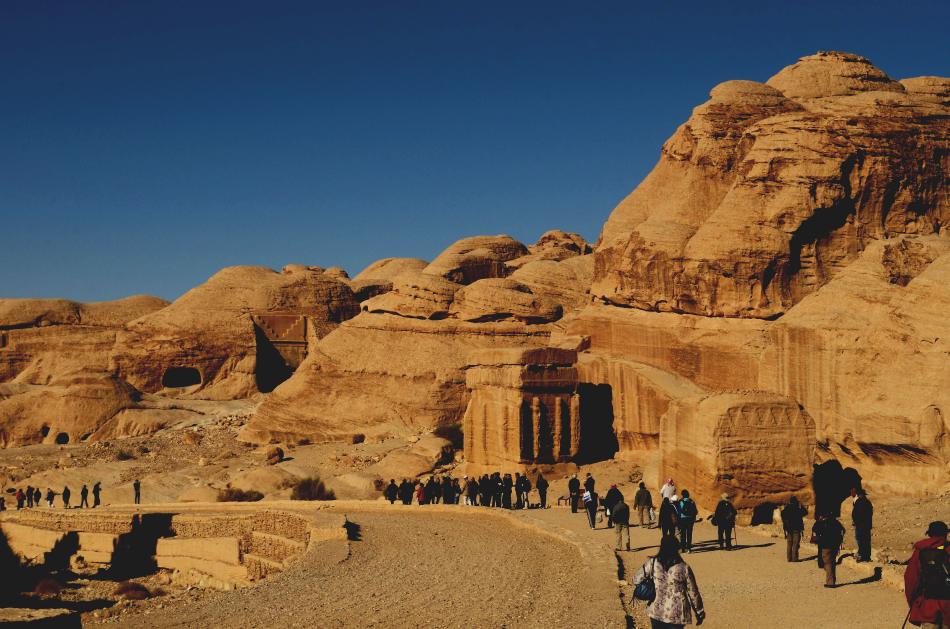
Petra,
a world hidden within the mountains of Jordan, was built several
centuries ago. This ancient "caravan city" was the capital of the
Nabataean Arabs, an ancient Semitic race of people who inhabited Jordan.
They were mostly traders and agriculturists.
Tombs, caves, temples, monasteries, amphitheatres, gates, street facades – you need at least a couple of days to explore Petra.
The
rock-cut architecture takes your breath away. Animals, deities and
mortals, mostly carved in rock, greet you everywhere in this World
Heritage Site. The architecture is heavily influenced by Assyrian,
Egyptian, Hellenistic and Roman styles.
Perhaps
the most stereotyped image of Petra is Al Khazneh or the Treasury.
Entry is through the Siq, a long narrow gorge, no more than 3 meters
wide in some places, which gives the impression that the mountain has
parted ways to allow you to enter it. Back in the day, caravans made
their grand entry to Petra via the Siq.
The
Treasury or Al Khazneh is one of Petra’s most recognizable monuments
and one celebrated in Hollywood classics such as Indiana Jones and the
Last Crusade. Tintin fans will also recognize the monument for its
appearance in the Red Sea Sharks.
The Street of Facades in Petra is lined with rock-cut tombs in sandstone. Bodies were interred in chambers carved on the rocks.
The Royal Tombs, much larger in scale, and Urn Tombs lead to a single chamber, which was probably an ancient Byzantine church.
TRAVEL TIPS: Royal Jordanian Airlines flies three times a week (ex Mumbai) and five times a week (ex Delhi)
to Amman, Jordan, from where Petra is a three-hour drive. Jordan
Express Tourist Transportation (JETT) operates air-conditioned luxury
buses to nearby Wadi Musa, where a selection of accommodation is
available.
Petra
is not just a city of tombs and rock cut temples. Meet the Bedouins
here, stay in a cave, ride a horse up to the monastery, or watch
craftsmen create sand art in bottles. Petra, as the BBC says, is one of
the places you must see before you die.

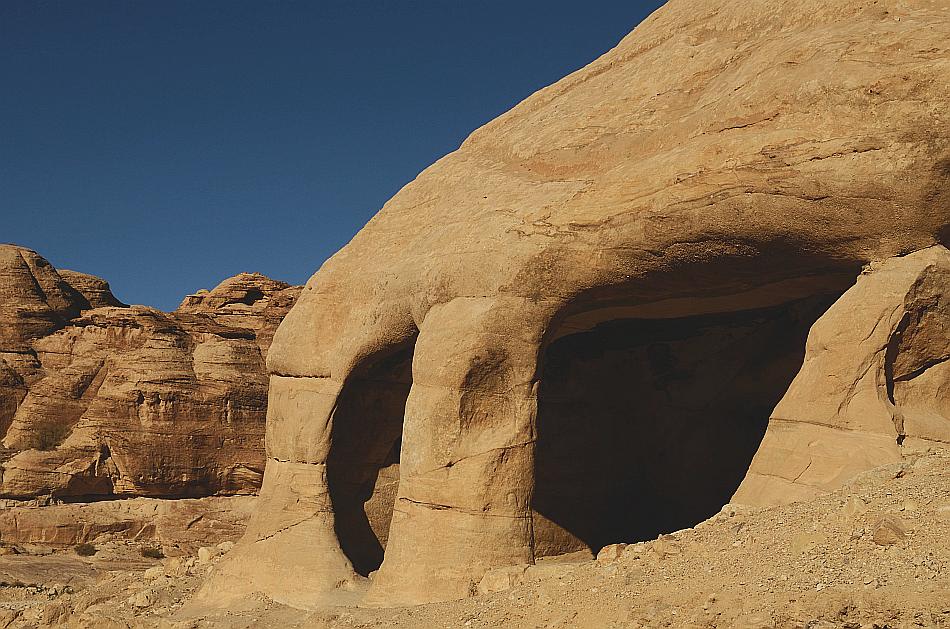
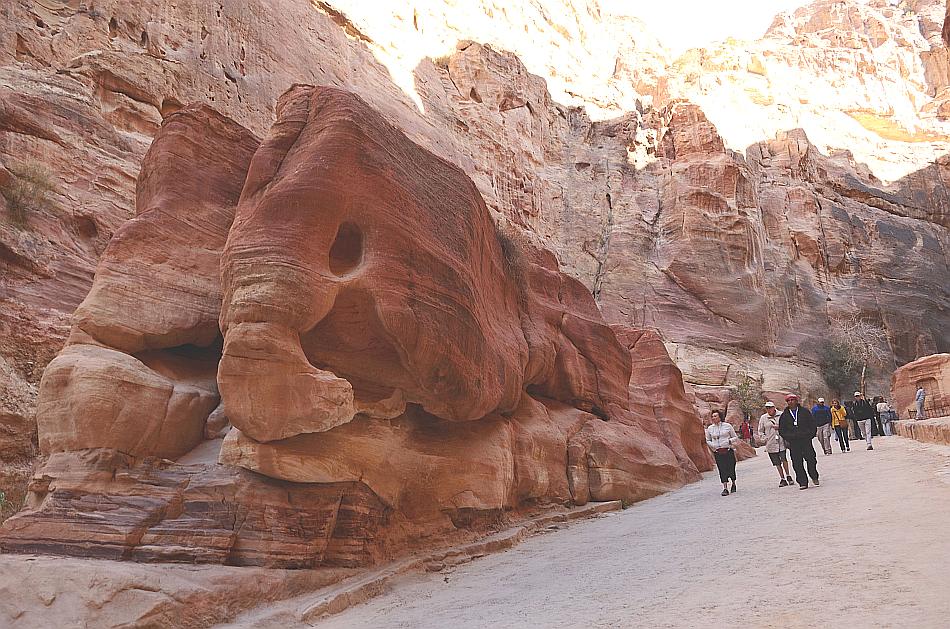
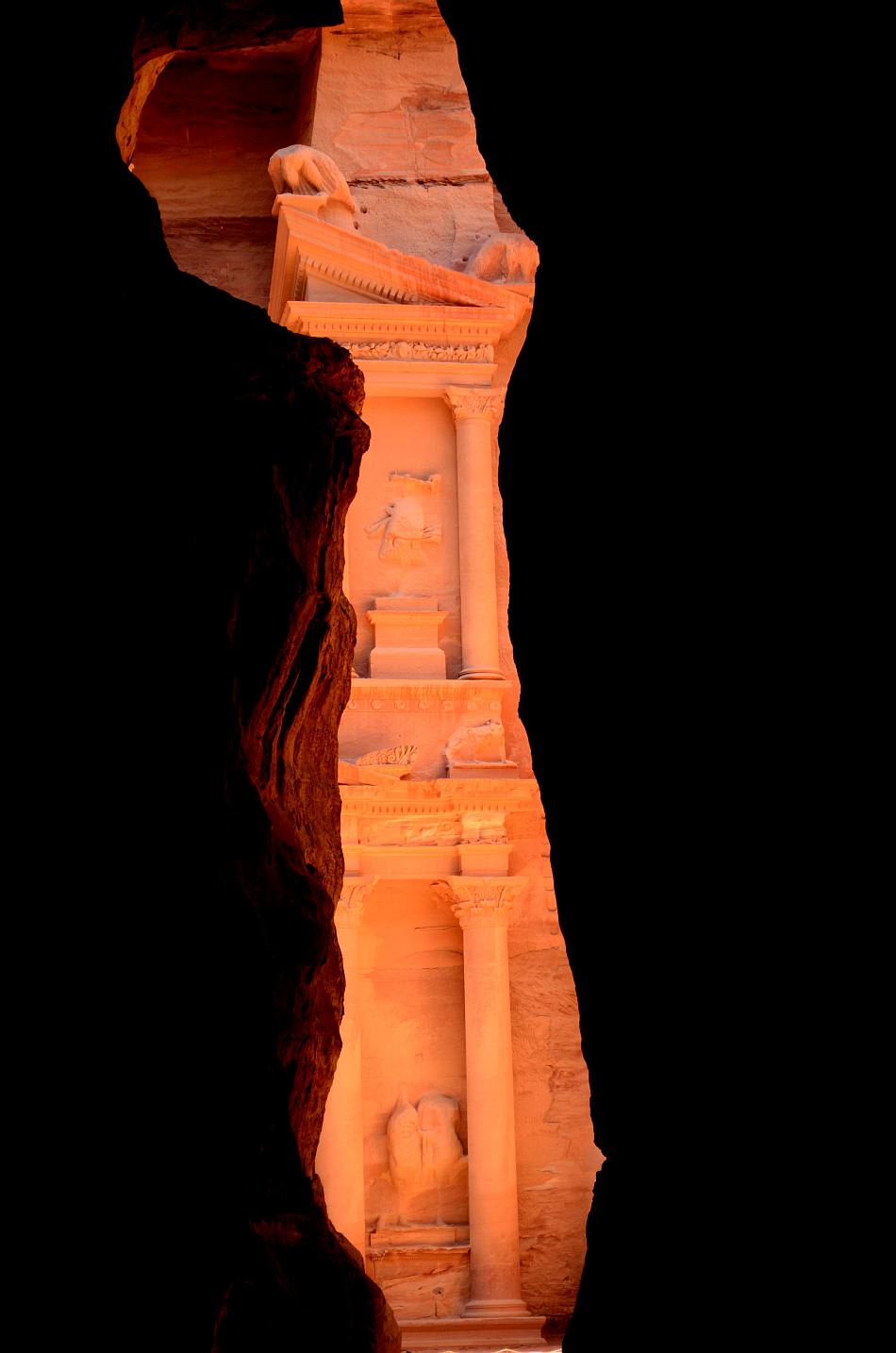
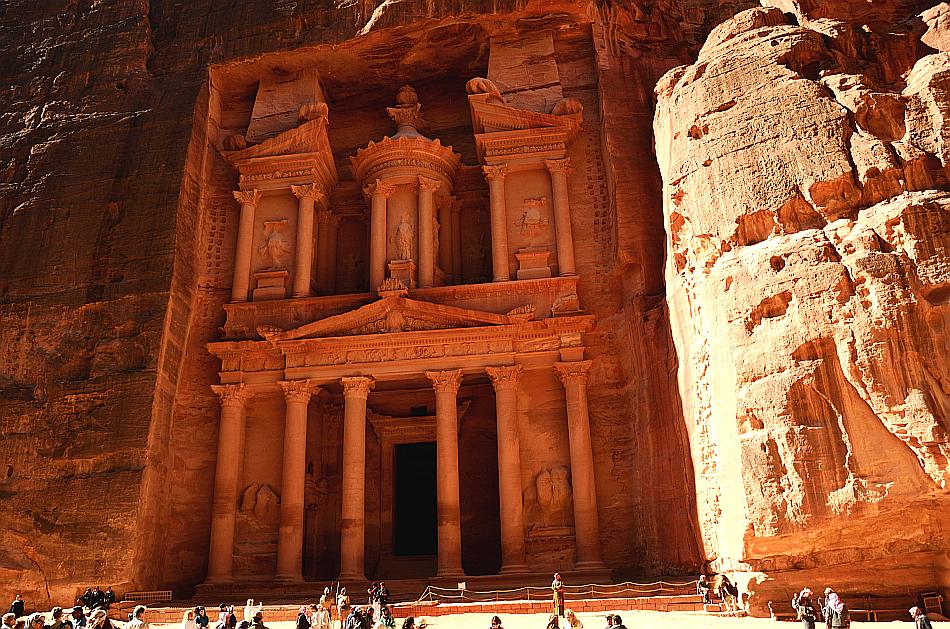
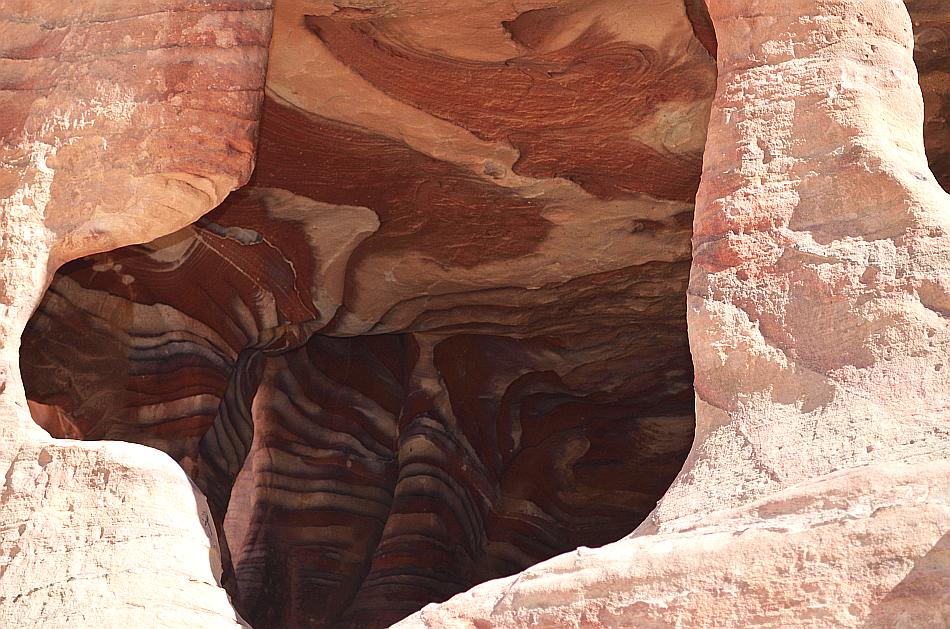
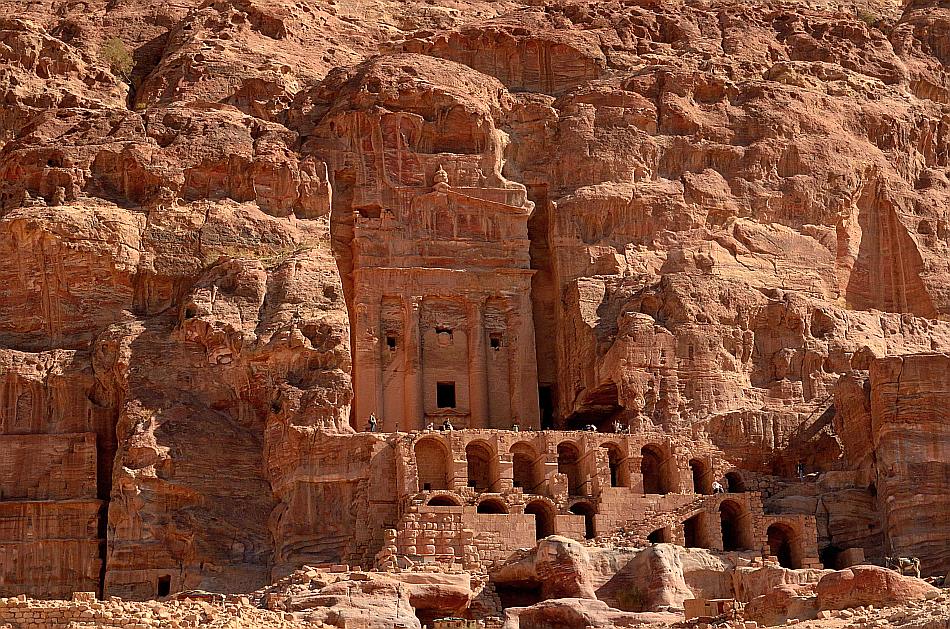
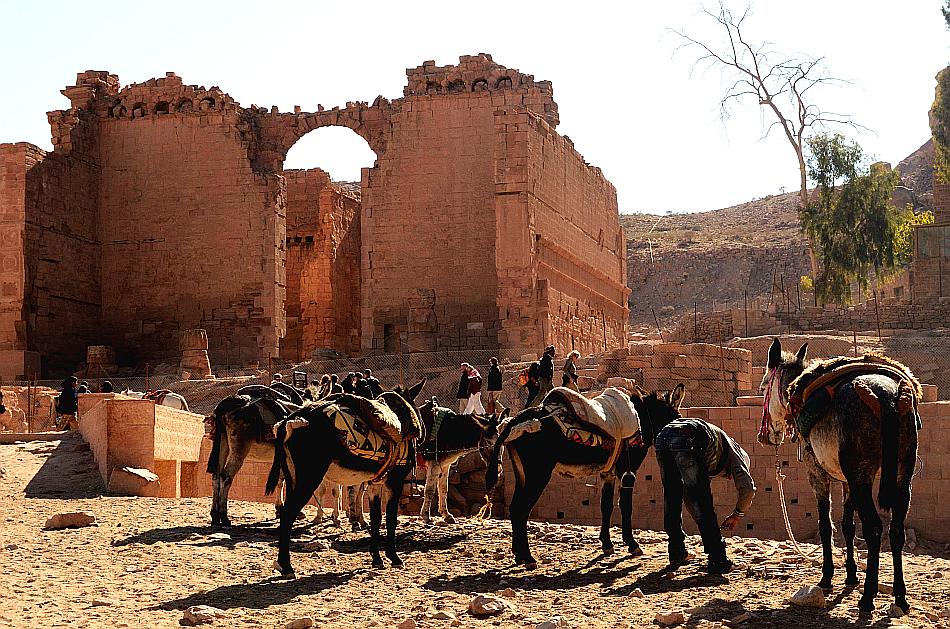
No comments:
Post a Comment